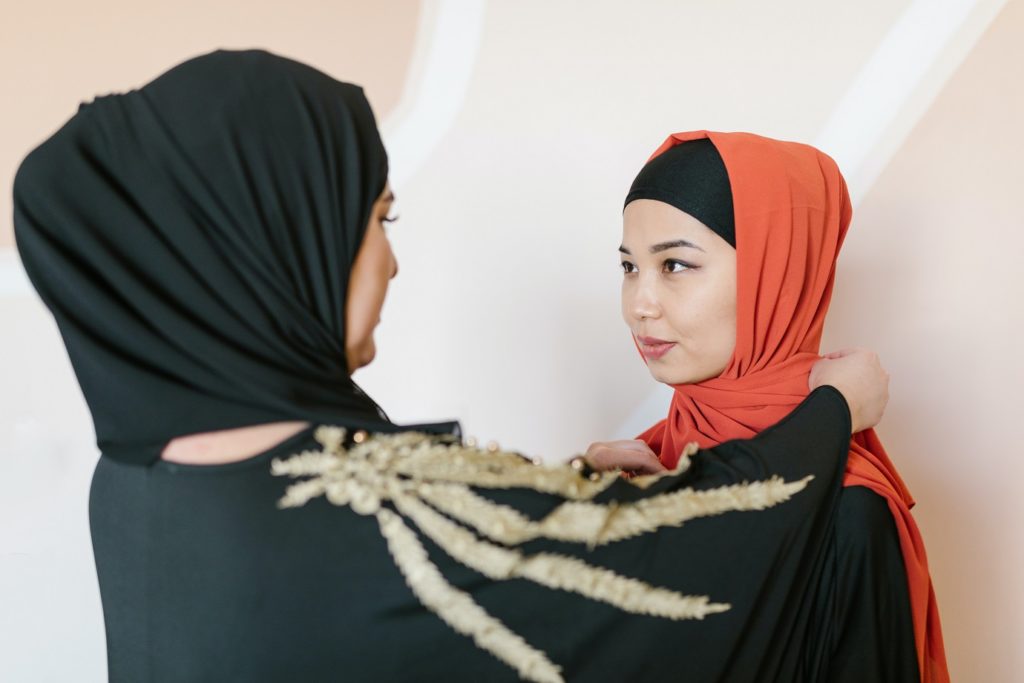Today we celebrate the power of young people for International Youth Day, and yet I can’t help thinking of the entire generation of young women, girls and gender-diverse people who are on the brink of having their future erased.
Growing up in some of the world’s most vulnerable communities, these teenage girls are a group who are virtually invisible when it comes to overseas aid. At just 5 per cent of the current Australian aid budget the percentage of aid assigned for this sector has remained unchanged since 2016 and yet we know that the struggles faced by the girls of the world have only intensified.
They are the victims of gender-based violence exacerbated by the pandemic, they are being sold into child marriage for food as their families face starvation and famine and they are dealing with war on their doorstep or fleeing as refugees.
But we know that adolescent girls are such powerful agents of change. When they are allowed to thrive, they can lead climate movements like Kenyan climate crusader Vanessa Nakate or Swedish activist Greta Thunberg. They can frighten an entire regime like Malala Yousafzai has and they can call out discrimination wherever they see it like Australia’s formidable Yasmin Poole.
They have to be given the chance. A recent survey by Plan International Australia has shown that the Australian people are willing to give it to them with a significant 85 per cent of people saying that the government should increase efforts to support girls around the world.
There are more than half a billion adolescent girls aged 10-19 living in vulnerable communities around the world. Importantly, more than half of the global population of adolescent girls are in the Asia Pacific region.
Despite all of this, some areas of the aid budget have actually gone backwards.
In 2016 we spent $59.4 million on gender-based violence initiatives specifically targeting the needs of adolescent girls, but in 2020 this decreased to $43.65 million.
As the CEO of Australia’s biggest charity for girls’ equality, I have witnessed first-hand the ways that adolescent girls are impacted disproportionately by all crises, from the pandemic to wars and displacement to the climate crisis. In recent times, the humanitarian sector has watched on horrified as the hard-won progress that has been made for teen girls’ rights in many places have been wound right back.
In Afghanistan, her hopes of completing secondary school have been stopped dead by the Taliban. She is now only allowed to leave the house if strictly necessary and accompanied by a male family member.
In Ukraine, she has been forced from her home and separated from her family by rocket fire and gunshots. Continuing her education is one thing helping her through the trauma.
In South Sudan, she is hungry, and the last in her family to eat when food is scarce. As the World Food Program is forced to shut down programs due to lack of funding, things are about to get much worse. Conflict rages all around her.
In Myanmar, military rule is curtailing her freedom, safety and access to food and education. Sexual and gender-based violence is being used as a weapon of war. She has no idea when it will end.
In Indonesia, she is once again fighting against her own child marriage, with rates rising for the first time in years due to the pandemic. She’s determined to continue her education.
In Tonga, she’s still recovering from the volcanic eruption in early 2022, which destroyed her community. The reality of climate change is upon her and she doesn’t know if her country will still exist into the future. She’s prepared to fight on the world stage for stronger climate action.
And right here in Australia, the mental health impacts of Covid lockdowns are compounded by the existential fear of our planet becoming unlivable due to climate change. She is using her activism to cope, raising her voice and leading the movement for stronger climate action at home and worldwide.
We know that investing in adolescent girls can – and will – change the world.
We know the power of young women – we see it every day working with Plan International Australia’s Youth Activist Series. In fact, so mighty is the adolescent girl that the UN has named her as the single most powerful group we should be investing in. According to UNFPA, unlocking the full potential of the 10-year-old girl could transform economies and make it possible to achieve the Sustainable Development Goals in full. With only eight years to go till the SDG deadline of 2030, there is an urgent need for the actions that will catalyse the most change and investing in girls is one of those.
Now is the time to support adolescent girls through Australia’s aid and development program, ensuring that they can live free from violence, get back into school, and thrive.


